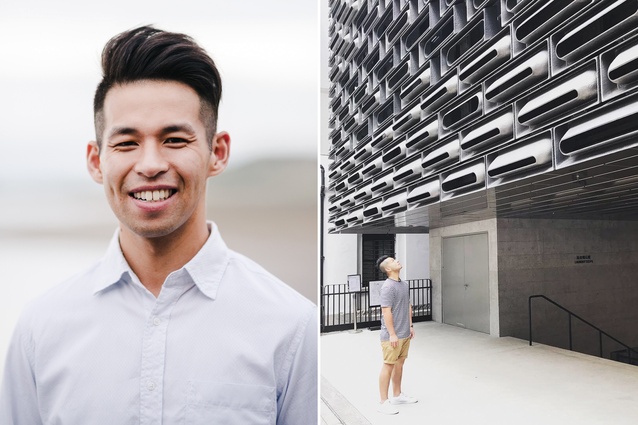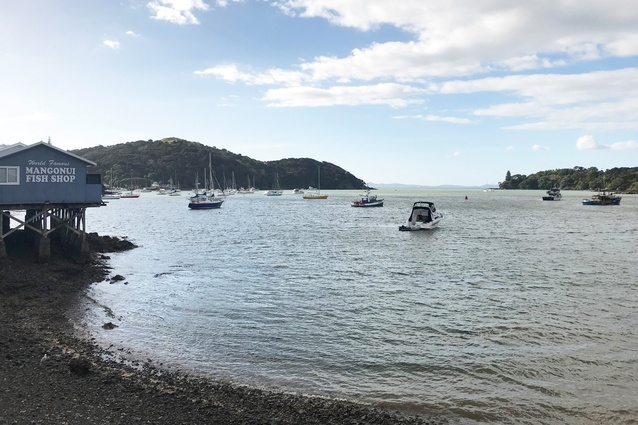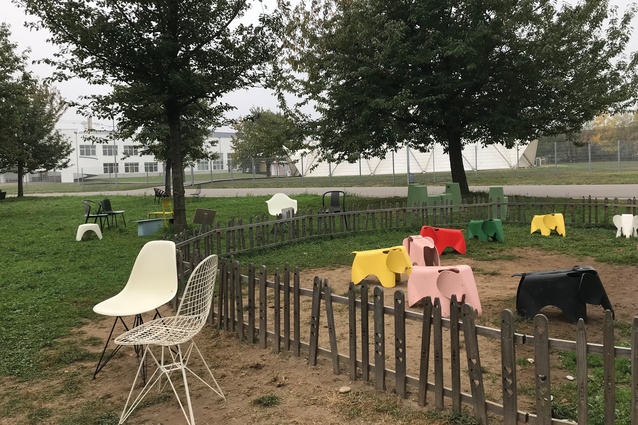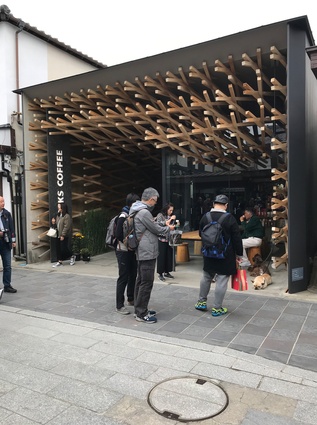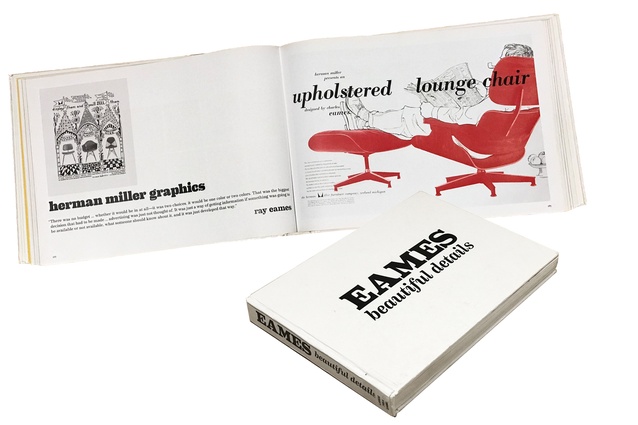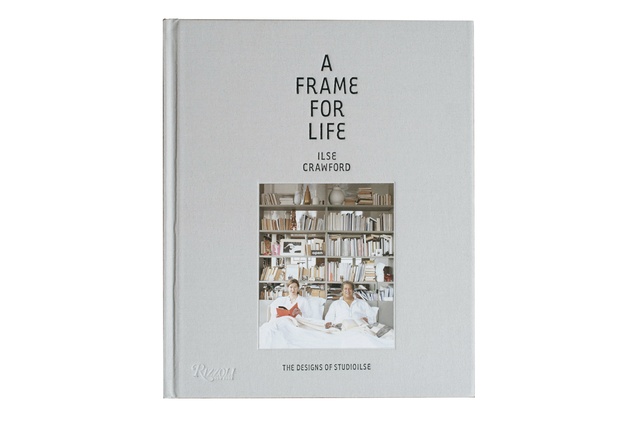Personal space: Michael Leng
A senior interior designer at Wingate Architects shares some of the things that make him tick.
What did you get up to over the summer break?
Michael Leng (ML): I spent a bit of time with family and hung out with my two lovely little nephews. I also went strawberry and blueberry-picking, brought out the charcoal BBQ (always quite fun trying to start it), had some beach days and, mainly, just tried to have a break.
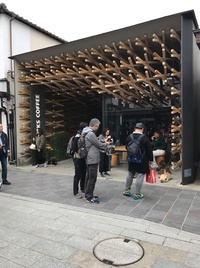
What’s inspiring you at the moment?
ML: My recent work and personal trips late last year. The former led me to Basel, where I visited Vitra Campus with other creatives in our industry. This was followed by Cologne for Orgatec, a gigantic commercial trade fair held every two years.
Then, on my personal trip, it was the familiar places: Sydney, Hong Kong and Fukuoka in Japan. The simplicity and nature of the creativity I encountered was on point, and quite complex at times in terms of detail, but had genuine and compelling narratives. I was in awe when I roamed around Tai Kwun, not knowing, at the time, that it had been completed by Herzog & de Meuron. On another occasion, it was a visit to a shrine in Japan that meant I stumbled across the Starbucks by Kengo Kuma.
How do you re-energise yourself creatively?
ML: It’s usually a good rest, an early-morning workout, getting out of the house or studio. But, most importantly, it’s visiting some eateries with my wife. Some of my favourites at the moment are: Pasta & Cuore; on the shore, Ramen Lab, which has some neat chalk art and a great line-up of ramen; and, lastly, Barulho, which has become a Friday lunch destination for our team – it never disappoints.
Have you read any good books lately?
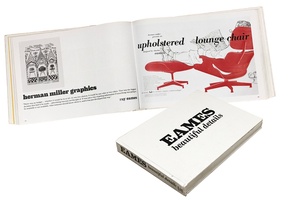
ML: The last book I read was A Frame for Life by Ilse Crawford. Over the break, I found a large book at the library. The title of the book is pretty self-explanatory; it’s called Eames: Beautiful Details, by Eames Demetrios. I’m still working my way through this 408-pager. I’m a huge fan of Charles and Ray. If you ever see me on a weekend, I’ll most likely be wearing one of their prints that were released by UNIQLO and the Eames Office, which is, funnily enough, in this book.
What music are you listening to?
ML: I’m interested in anything that has a good tune. It usually ranges from Passion Pit to Motown Classics to the classics – there’s nothing like a bit of Sam Cooke, Al Green or, even, some Sinatra, every once in a while.
Describe what your idea of a dream project would entail.
ML: When I was a kid, theme parks felt like a dream. When I was on the rides, it was always quite theatrical. Fast-forward to the present: as an adult, nothing much has changed for me. I love a space with a strong narrative and purpose: a space that evokes an emotion. For over a decade, I have followed a Japanese interior design firm called Wonderwall, led by Masamichi Katayama. The diversity in their projects and design output is insane – it would be a dream to collaborate with them on a local project.
This article first appeared in Interior magazine.


